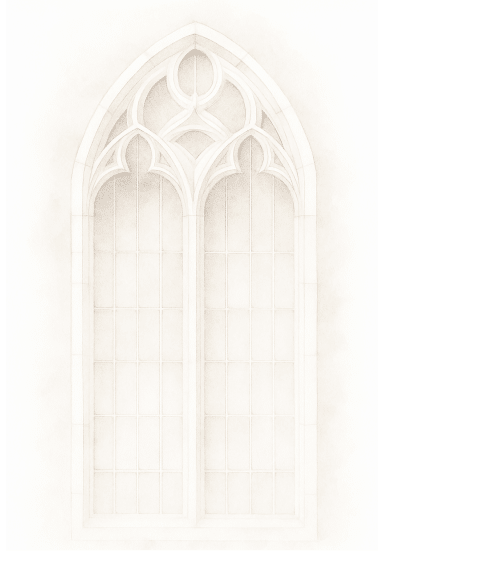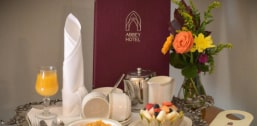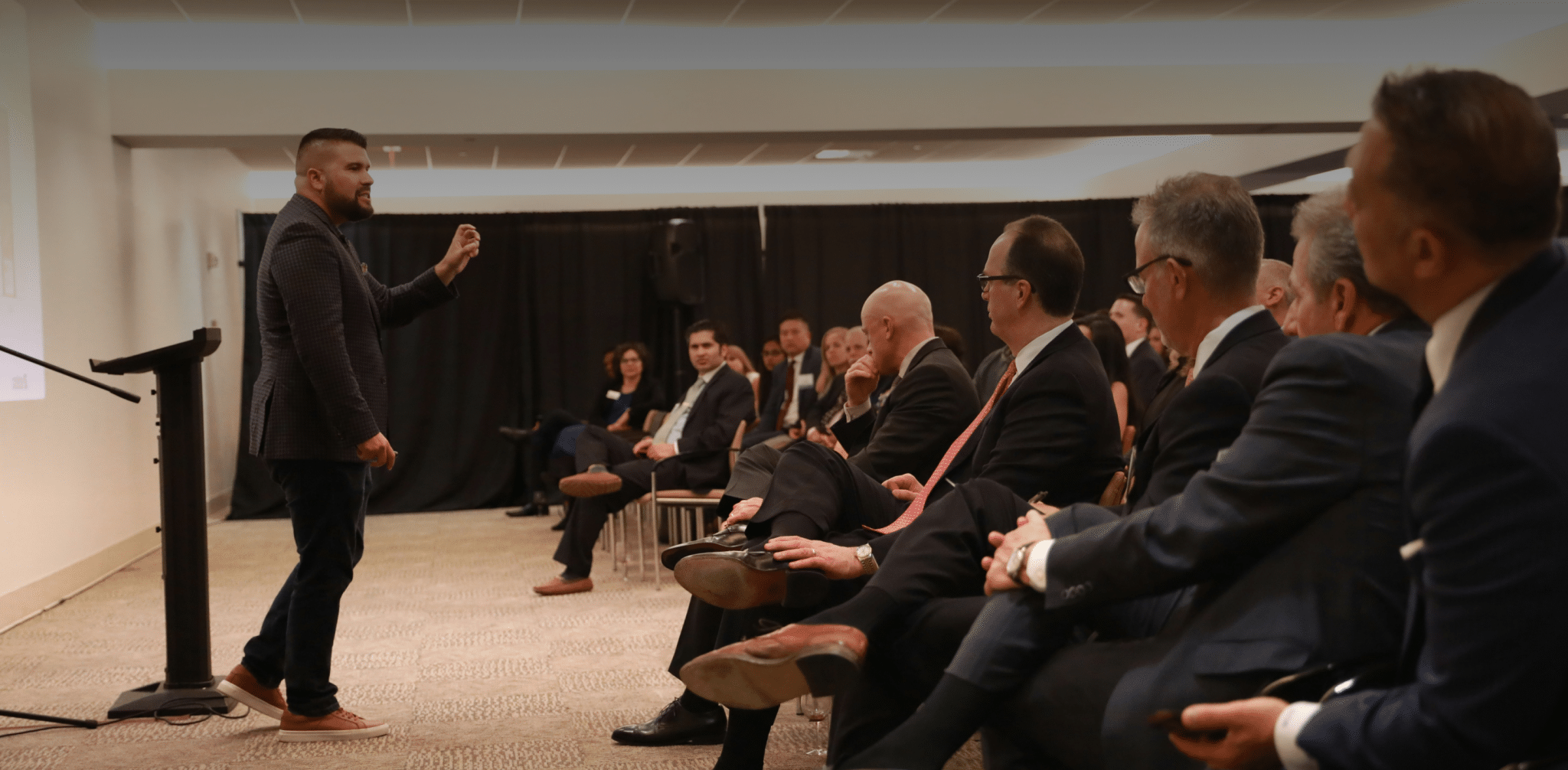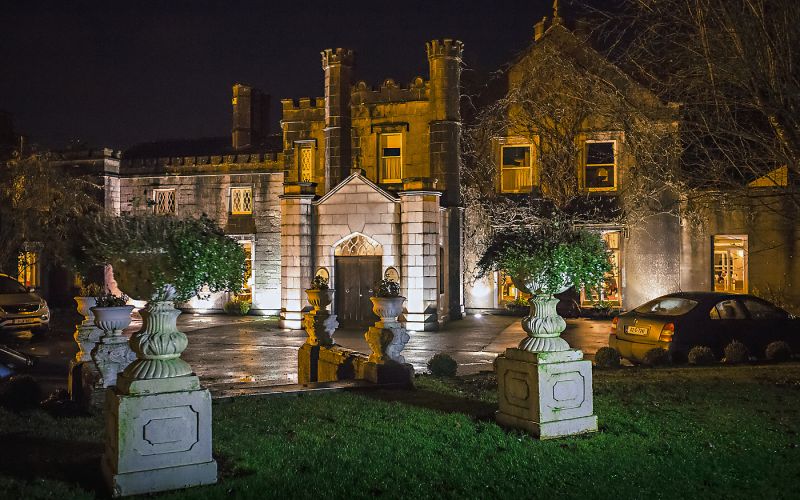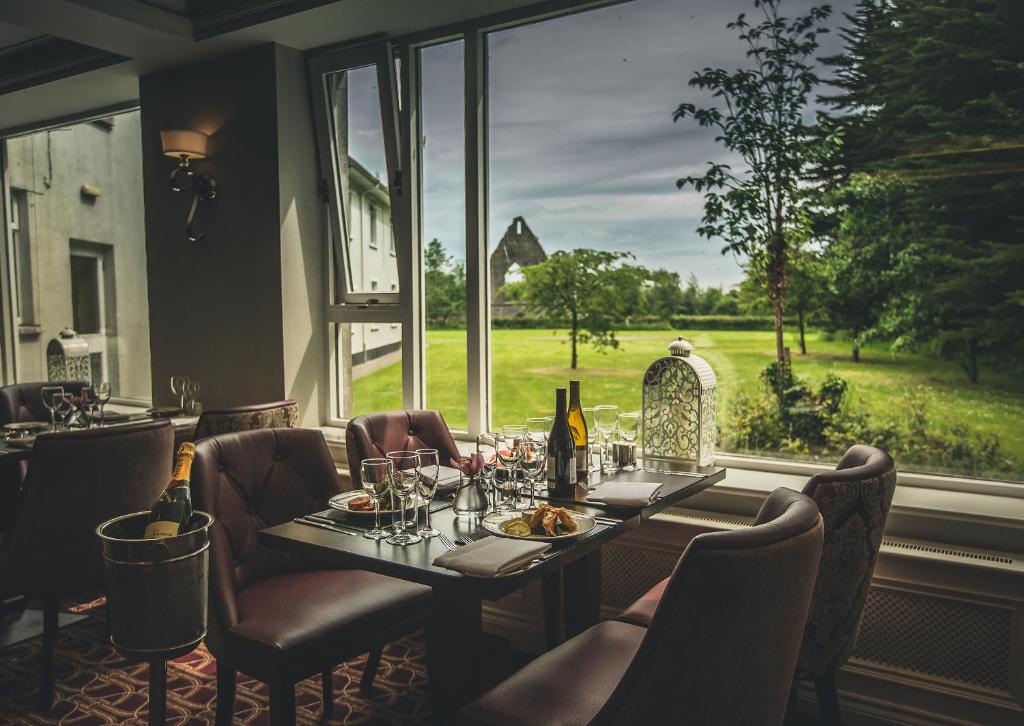Things to Do in Roscommon
Check In
29 Dec 2025
Book now
Ireland's Hidden
Heartlands -
Yours to Uncover

Nestled in the heart of Roscommon, Abbey Hotel is your gateway to an unforgettable adventure. Surrounded by breathtaking landscapes, rich cultural heritage, and vibrant local attractions, there’s no shortage of things to see and do. Whether you’re seeking thrilling activities, exploring historical landmarks, or simply soaking in the local charm, our curated list of must- visit spots promises something for everyone.
Start your journey of discovery right here, and let Abbey Hotel be your home base for extraordinary experiences.
A short journey from home, that’s a world away all the same, it is time to slow right down to the flowing waters’ soothing pace of Ireland’s Hidden Heartlands. Stretching across nine counties, the rich, rural landscapes of this captivating part of Ireland are equal parts rugged and beautiful – and are absolutely flourishing with wildlife.
The Midlands of Ireland, supported by the EU Just Transition Fund and Fáilte Ireland, is a territory dedicated to promoting regenerative tourism,
helping local communities affected by the shift to a climate-neutral economy. This area is thriving with sustainable tourism development, thanks to numerous innovative initiatives and tourism projects.
Visitors will enjoy the benefits of a diversified regional economy, the preservation of stunning natural habitats and biodiversity, and local communities offering a unique and enriching experience for all who visit.
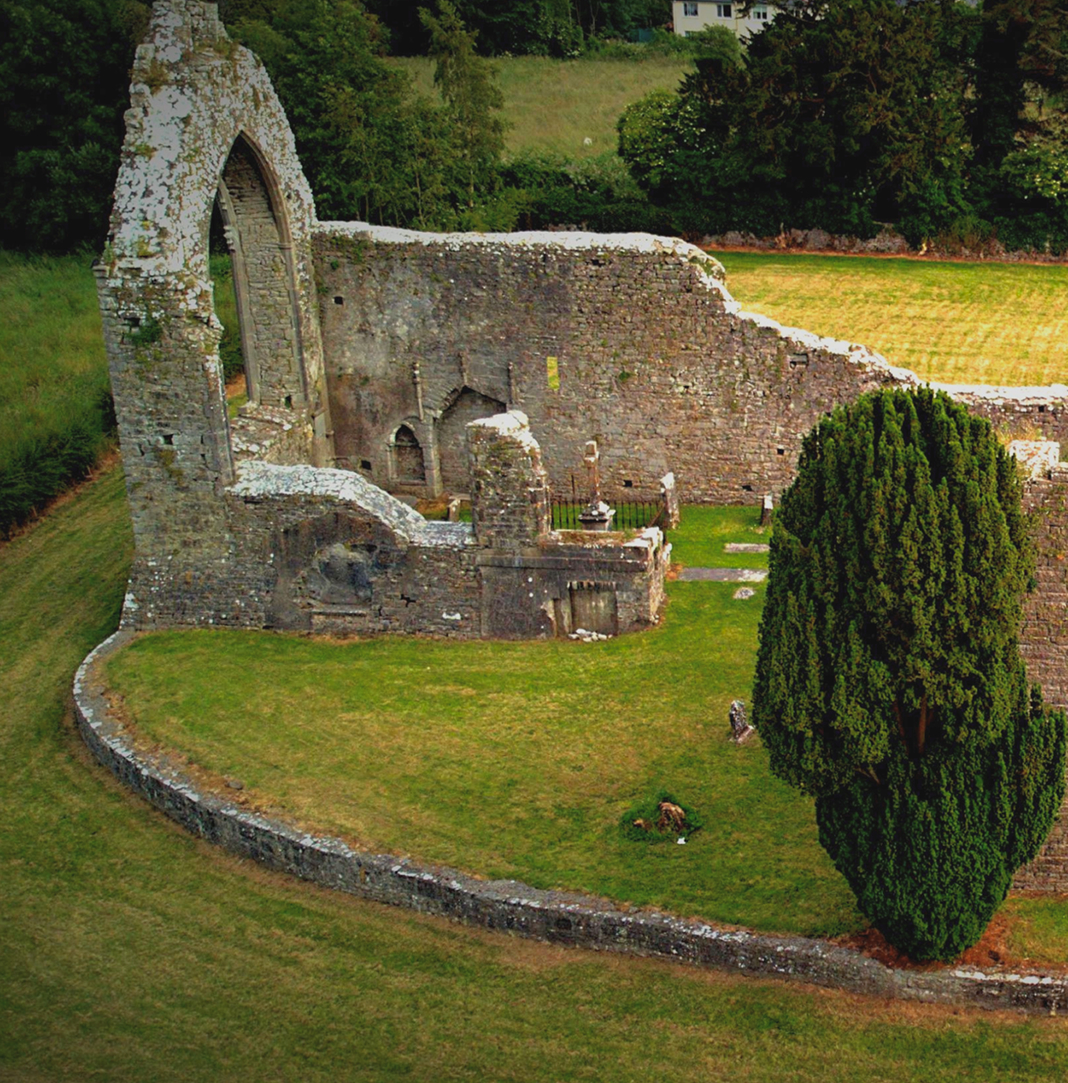
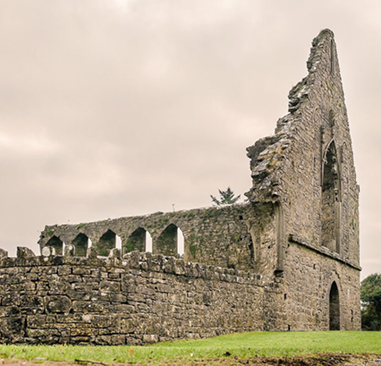
History
Meets
Hospitality
Nestled in Ireland’s Hidden Heartlands, Roscommon offers a rich blend of history, nature, and culture — and at the Abbey Hotel, we’re here to curate your perfect escape. Whether you’re in the mood for adventure, heritage, or relaxation, our friendly team can help with personalised itineraries, brochures, and insider tips.
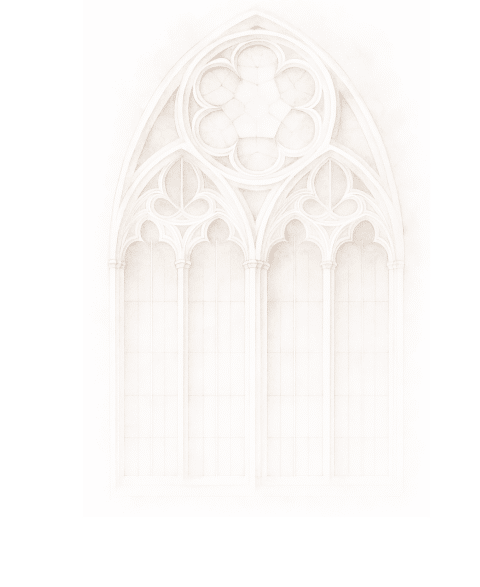
Other nearby
attractions to enjoy
01
Heritage & History
- Wander the nearby 12th-century Dominican Abbey ruins in our grounds.
- Explore Boyle Abbey, King House and Strokestown Park House & National Famine Museum — grand Georgian estates with captivating tales to tell.
- Dive deeper at the Roscommon County Museum, offering local history in a beautifully restored 19th-century church.
02
Nature & Adventure
- Meander along the Suck Valley Way, a scenic 100 km trail ideal for peaceful walking or shorter section treks—hotel transfers can be arranged.
- Discover the magic of Lough Key Forest Park—canopy walks, Zipit ziplines, boat tours, and children’s play areas.
- Immerse in authentic history with the Arigna Mining Experience, exploring Ireland’s last working coal mine.
03
Water & Outdoor Fun
- Enjoy a boat cruise on the scenic River Shannon or nearby lakes.
- Cast a line on Shannon riverbanks or explore rosy green fairways at Roscommon Golf Club.
04
Family-Friendly Features
- The Roscommon Leisure Zone (Rosbowl & Upsie Daisies) offers soft play, bowling, arcade games, and tasty treats — a hit with families.
- Nearby Glendeer Pet Farm invites kids to feed a variety of animals, roam picnic lawns, and enjoy playgrounds.
05
Local Culture & Cuisine
- Take part in a traditional Irish cookery class at Margaret Sexton’s Cookery Kitchen—perfect for food-lovers or wedding parties.
- Explore Roscommon Town, just minutes away—charming streets, friendly pubs (live music often appears on weekends), and a bustling local feel .
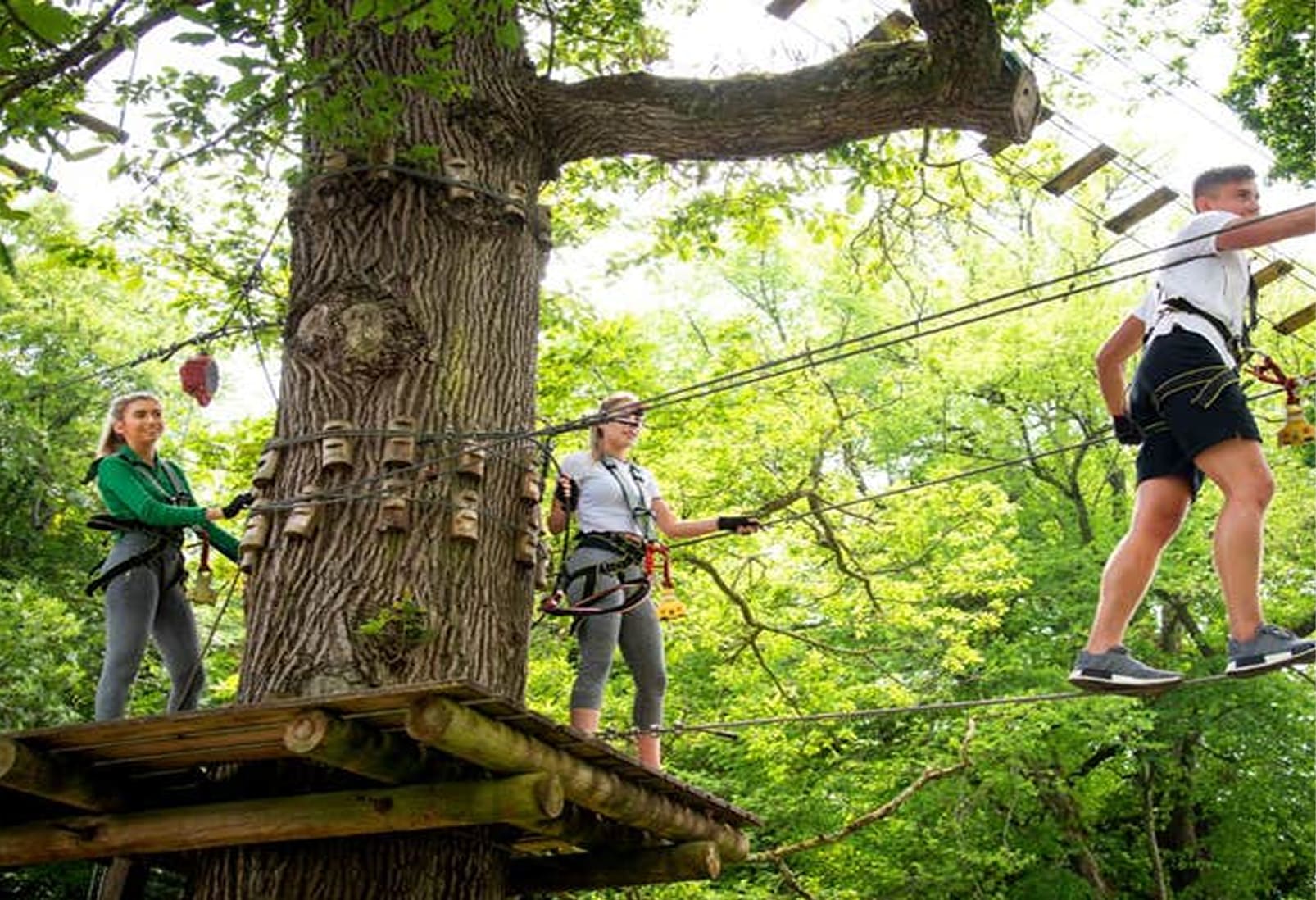
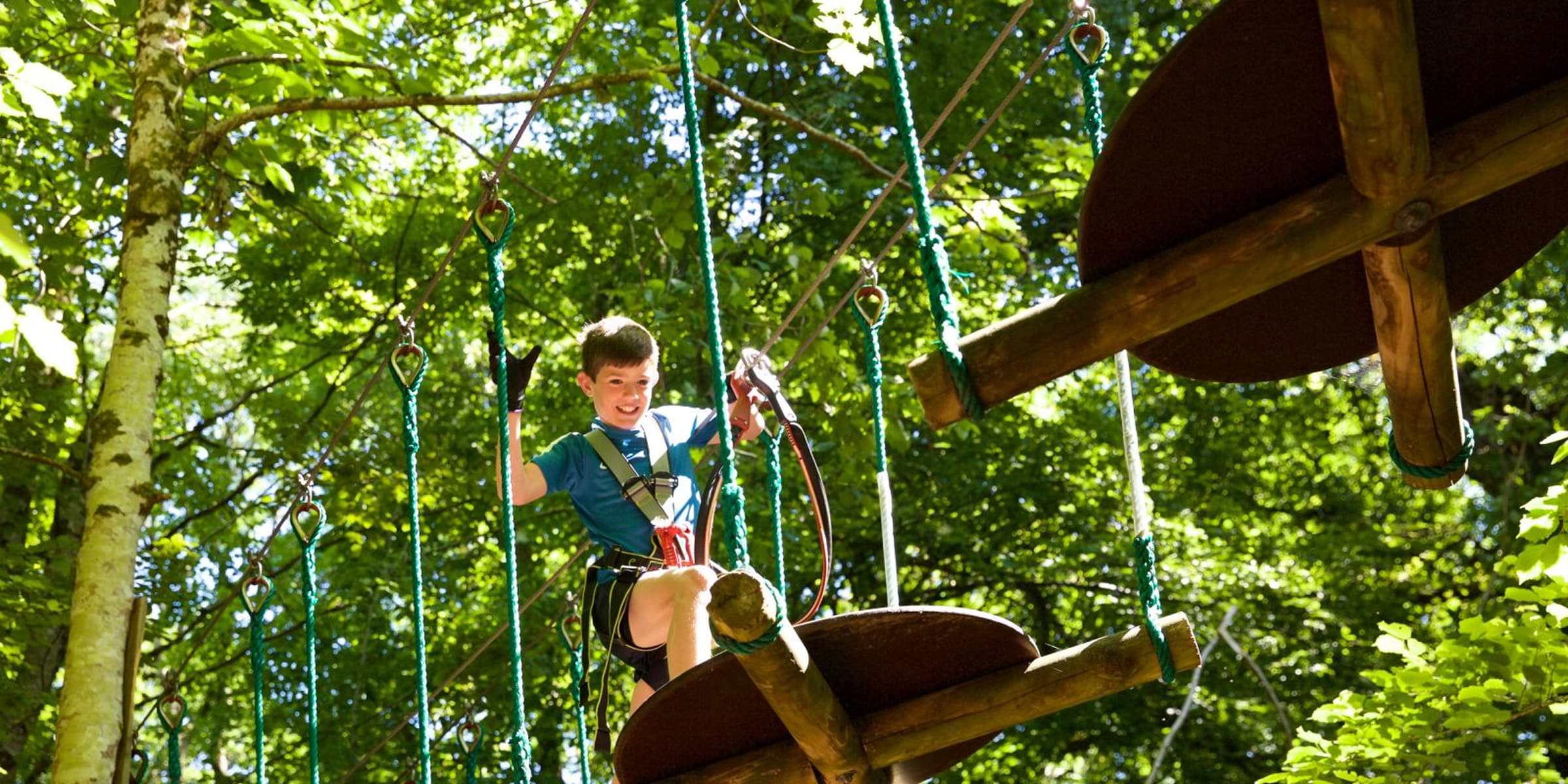
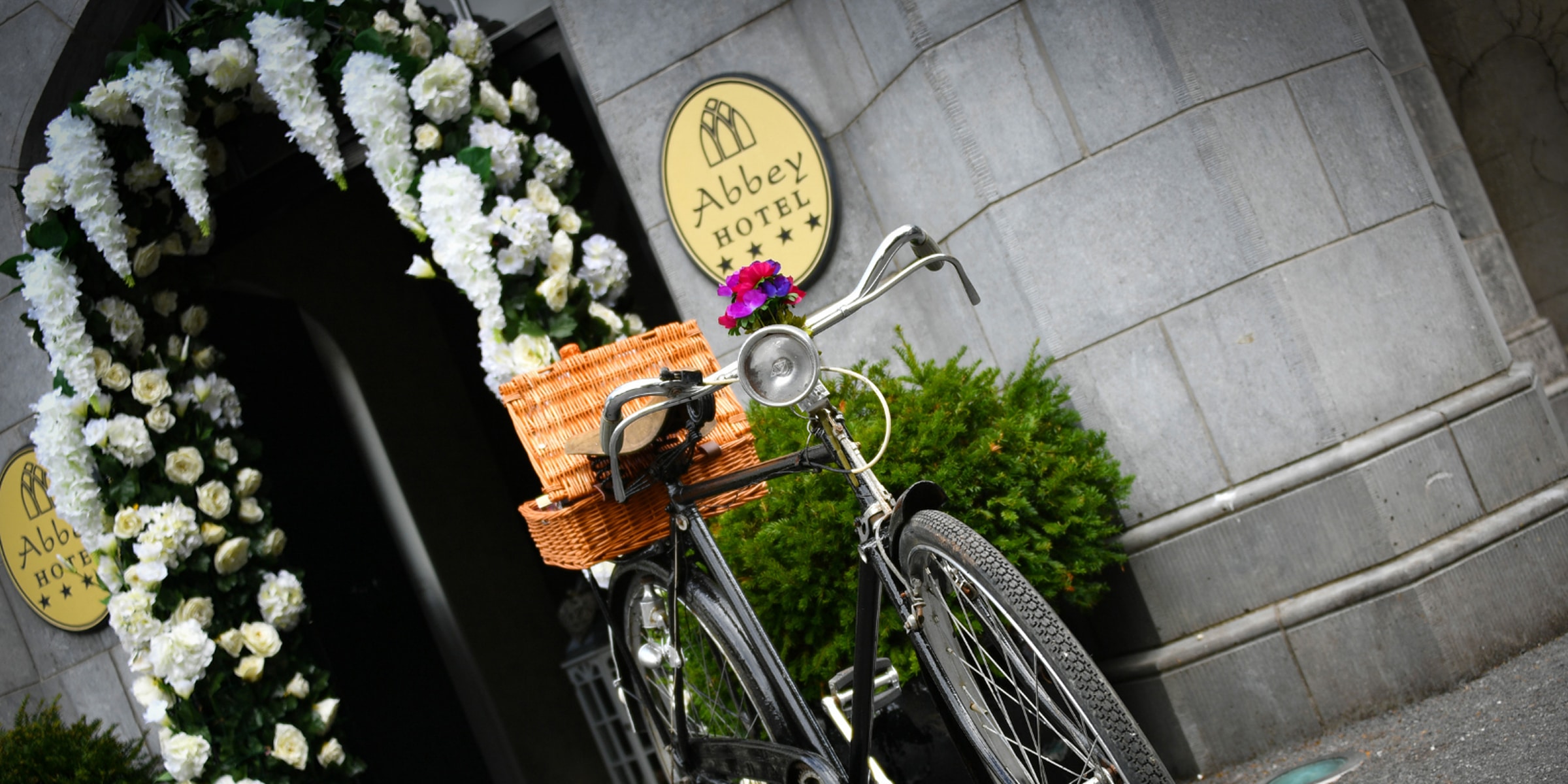
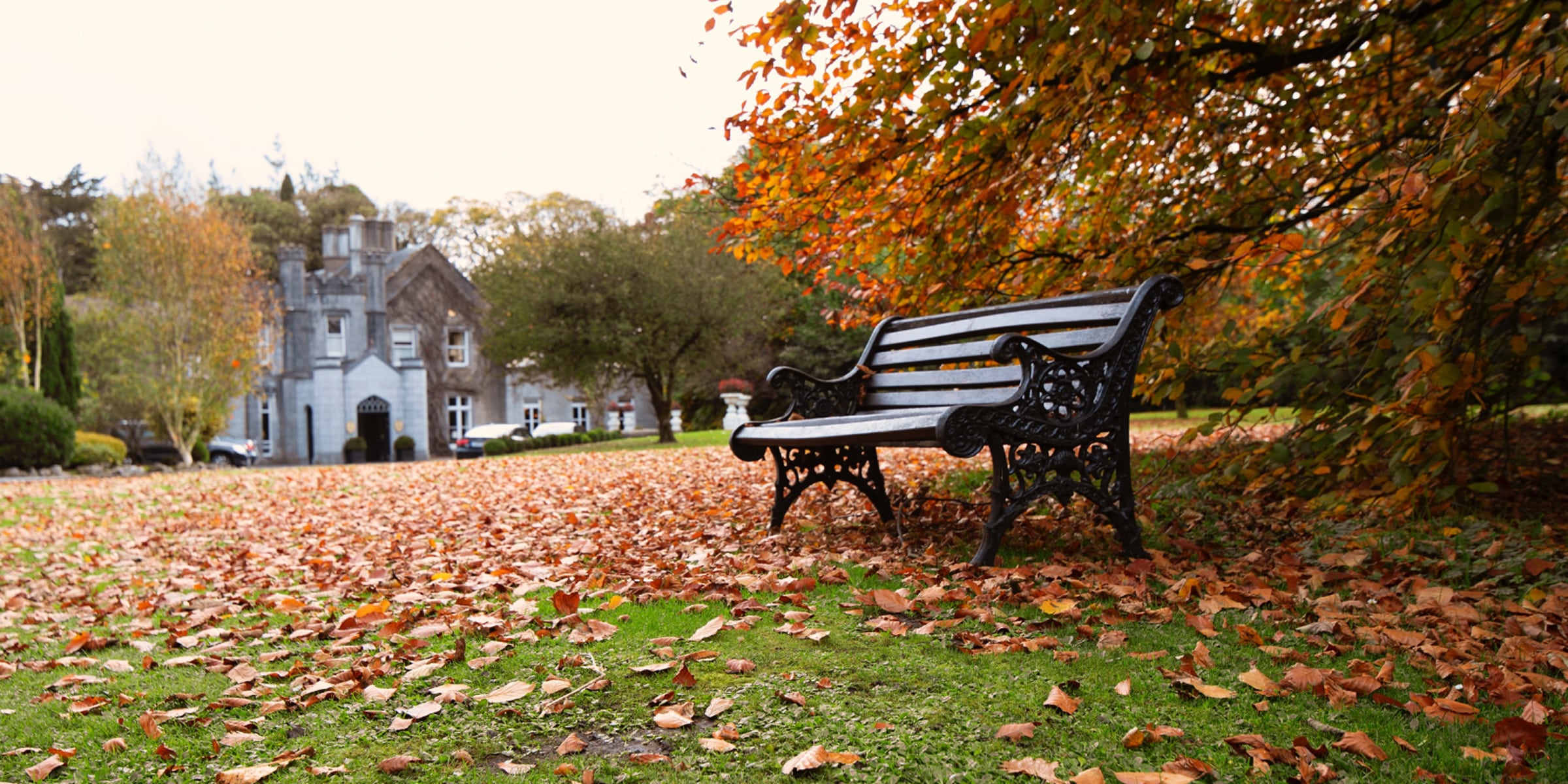
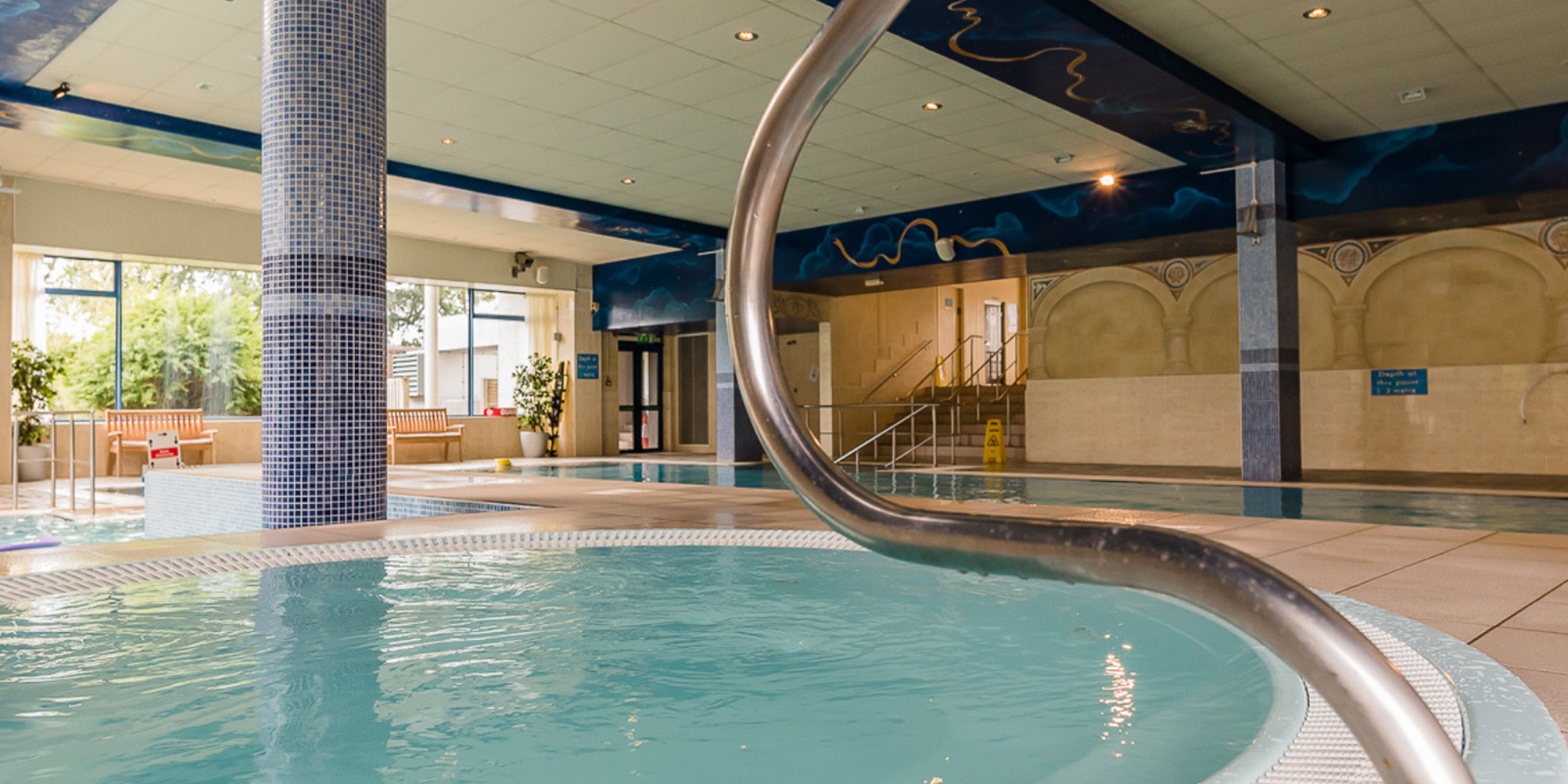


Need Help
Planning?
Our staff are delighted to assist — whether it is building a bespoke itinerary, booking attractions, or organising transport. We can even suggest trusted local taxi and bus companies to facilitate transfers to walking trails and tours.
Discover the true heart of Ireland—and let the Abbey Hotel Roscommon be your welcoming base for adventures, relaxation, and memories.
Enquire Now
